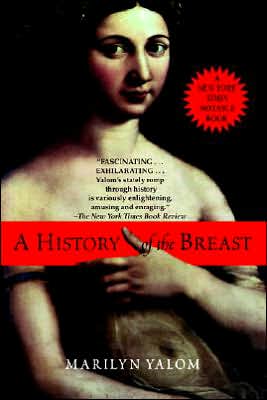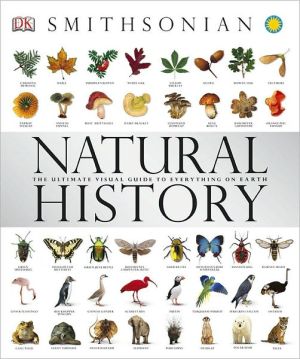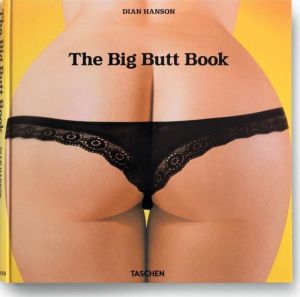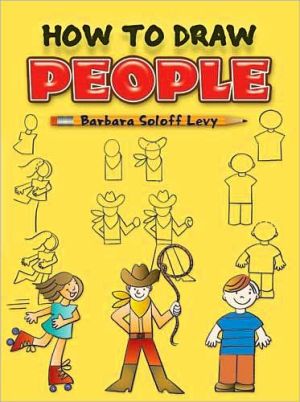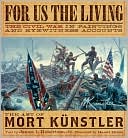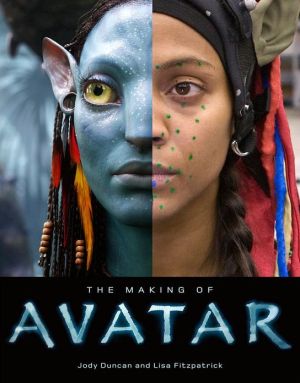History of the Breast
In this provocative, pioneering, and wholly engrossing cultural history, noted scholar Marilyn Yalom explores twenty-five thousand years of ideas, images, and perceptions of the female breast--in religion, psychology, politics, society, and the arts.\ Through the centuries, the breast has been laden with hugely powerful and contradictory meanings. There is the "good breast" of reverence and life, the breast that nourishes infants and entire communities, as depicted in ancient idols,...
Search in google:
In this provocative, pioneering, and wholly engrossing cultural history, noted scholar Marilyn Yalom explores twenty-five thousand years of ideas, images, and perceptions of the female breast—in religion, psychology, politics, society, and the arts.Through the centuries, the breast has been laden with hugely powerful and contradictory meanings. There is the "good breast" of reverence and life, the breast that nourishes infants and entire communities, as depicted in ancient idols, fifteenth-century Italian Madonnas, and representations of equality in the French Revolution. Then there is the "bad breast" of Ezekiel's wanton harlots, Shakespeare's Lady Macbeth, and the torpedo-breasted dominatrix, symbolizing enticement and aggression. Yalom examines these contradictions—and illuminates the implications behind them.A fascinating, astute, and richly allusive journey from Paleolithic goddesses to modern day feminists, A History of the Breast is full of insight and surprises. As Yalom says, "I intend to make you think about women's breasts as you never have before." In this, she succeeds brilliantly.Library JournalYalom, a senior scholar at the Institute for Women and Gender at Stanford University and the author of three other books (most recently "Blood Sisters: The French Revolution in Women's Memory", LJ 7/93), presents a unique analysis of the role that the human female breast has played throughout Western history. "I intend to make you think about women's breasts as you never have before" is the author's claim. Taking the reader through the cycles of society's view of the breast-as erotic object or as object of materialism-Yalom does indeed make the reader examine the role of the breast by touching upon subjects such as Freudian psychology, fashion, art, literature, and pornography, among others. The sacred and the sexual are also examined and visually rendered by means of 99 illustrations, taken from all manner of media throughout Western history. The bibliography is extensive and proves that Yalom's work indeed offers a unique approach. Highly recommended for all women's studies collections, as well as collections supporting the social sciences and history.-Cynthia D. Bertelsen, Indexing Srvcs., Blacksburg, Va.
AcknowledgmentsIntroduction: Changing Meanings31The Sacred Breast: Goddesses, Priestesses, Biblical Women, Saints, and Madonnas92The Erotic Breast: "Orbs of Heavenly Frame"493The Domestic Breast: A Dutch Interlude914The Political Breast: Bosoms for the Nation1055The Psychological Breast: Minding the Body1476The Commercialized Breast: From Corsets to Cyber-Sex1597The Medical Breast: Life-Giver and Life-Destroyer2058The Liberated Breast: Politics, Poetry, and Pictures2419The Breast in Crisis275Notes283Select Bibliography301Index315Illustration Credits329
\ Library JournalYalom, a senior scholar at the Institute for Women and Gender at Stanford University and the author of three other books (most recently "Blood Sisters: The French Revolution in Women's Memory", LJ 7/93), presents a unique analysis of the role that the human female breast has played throughout Western history. "I intend to make you think about women's breasts as you never have before" is the author's claim. Taking the reader through the cycles of society's view of the breast-as erotic object or as object of materialism-Yalom does indeed make the reader examine the role of the breast by touching upon subjects such as Freudian psychology, fashion, art, literature, and pornography, among others. The sacred and the sexual are also examined and visually rendered by means of 99 illustrations, taken from all manner of media throughout Western history. The bibliography is extensive and proves that Yalom's work indeed offers a unique approach. Highly recommended for all women's studies collections, as well as collections supporting the social sciences and history.-Cynthia D. Bertelsen, Indexing Srvcs., Blacksburg, Va.\ \ \ \ \ Kirkus ReviewsSacred, erotic, domestic, even civic incarnations of the breast from Paleolithic times to the present in an ambitious catalogue of necessarily selective cultural history.\ "I intend to make you think about women's breasts as you never have before." asserts Yalom, senior scholar at Stanford's Institute of Women and Gender ("Blood Sisters: The French Revolution in Women's Memory", 1993, etc.). The late Middle Ages glorified the nursing Madonna, one in a long line of deities symbolizing female nurturance; Renaissance art exalted the erotic breast, to preserve which the upper classes turned to wet nurses; Enlightenment France endorsed Rousseau's campaign to restore breast-feeding, and (apotheosizing what Yalom calls the "political breast"), represented the republic as a woman "opening her breasts to all her citizens." Credit for coming up with the paradigm that united the maternal and erotic breasts goes of course to Freud—target, for the usual feminist reasons, of Yalom's considerable vitriol (up to this point, her text is underinflected). Some passion surfaces again on the subject of pornography (for Yalom the linkage of violence with sex), which appears in a chapter on the commercial breast merging women as buyers (of corsetry throughout the ages) and sellers (Monroe to Madonna and beyond, in what seems like an obligatory litany). In context, perhaps the most original contribution concerns breast cancer, which Yalom sees as affirming women's ownership of what has been variously claimed by and for others: She surveys treatments of today and yesterday, and buoyantly makes room for "the medical breast" again in her upbeat celebration of "the liberated breast" (in politics, poetry, pictures). The conclusion echoes the opening: Attitudes toward breasts have changed variously and radically over time depending on who was observing what, where, and when.\ Yalom trains her own lenses—telescopic, microscopic, or just idiosyncratic—on those variables, with uneven results. The bibliography, however, is a gem for any starting student.\ \ \
